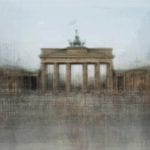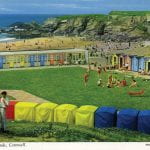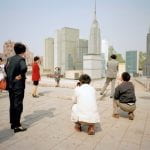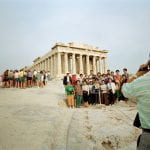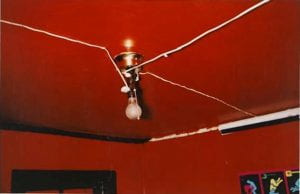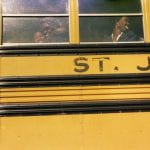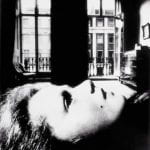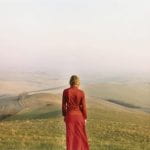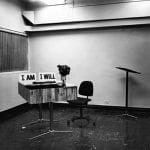‘Strange & Familiar’ at The Barbican (2016)
here’s looking at us: and what do we see?
‘You take a photo and the image is there on the back of the camera or phone and you immediately want to see how it looks. You know the moment; you were there, experiencing it. But the real thrill is seeing how the camera has turned the moment into an image that can last forever’ (Parr, in Pardo & Parr (ed.s), 2016, p.12)

The Barbican (2016) show Strange and Familiar was a vision of ‘Britishness’ envisaged by 23 international photographers from the 1930’s to present day, each seeking to explore social, political and cultural aspects of British ‘identity’. Its curator, Martin Parr, is known for his affectionate yet satirical images of British life. He asks the question, ‘What is it about all these photographers that we find fascinating?’ I think it’s really interesting to understand and see that we are really a strange nation.’ (Parr in Klingelfuss, 2016). This session aims for participants to critically consider such representations of ‘Britishness’ as viewed through foreign eyes.
‘We cannot claim to have really seen anything before having photographed it’ (Zola in Sontag, 1977, p.87)

this session could be run in conjunction with:
- Postcards from Home
- National Geographic – Fact or Fiction?
- Places with A Past
- A Walk on the Wild Side
- Who Am I?
Aims & Outcomes:
- To investigate the representation of ‘culture’ and national identity? Are we merely a visual stereotype? Is Strange and Familiar really different? How might it show us something ‘new’? (or not?) Do we remain in a heterogeneous view of the (Western) world?
- To reflect on positive / negative / stereotypical representations of ‘Britishness’ and consider the impact of these. How do we feel when the lens is trained on ‘Us’ not ‘Other’?
- To consider the percieved ‘truth’ of such representations of icultural dentity
- Participant Outcome: Research and identify / produce 2 truthful representations and 2 sterotypical representations of ‘Britishness’
‘The exhibition will reveal a very different take on British life than that produced by British photographers. It is both familiar and strange at the same time’ (Parr in bBC, 2016)
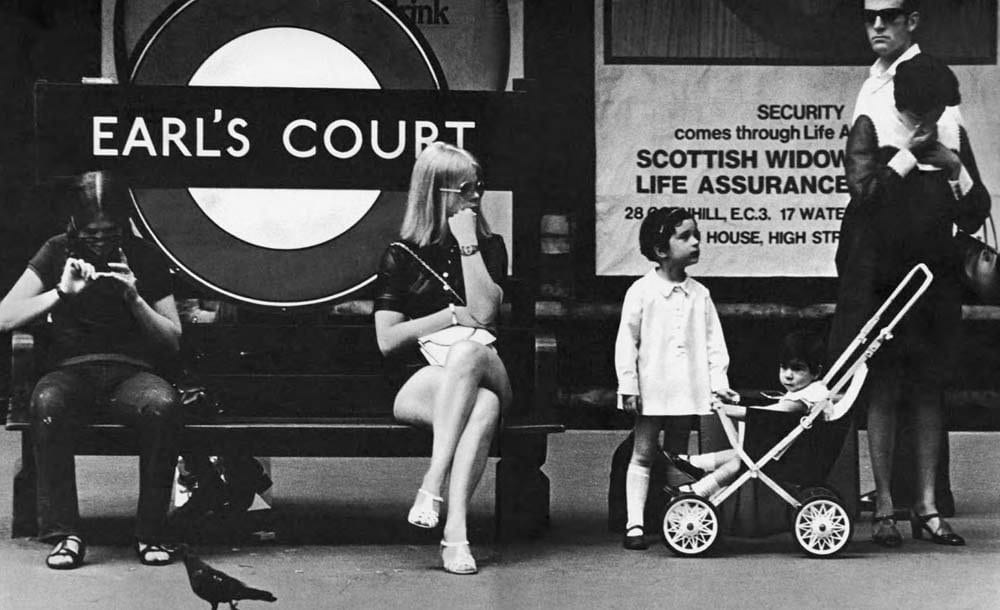
Martin Parr’s curatorial intent for Strange & Familiar is a simple one; and one that is inherent to the photographic enterprise (from a Western perspective anyway). Can these 23 foreign eyes provide us with new ways of looking at, understanding even, our own ‘British’ culture? In the age of Brexit – do we even have a unifom British identity anyway? Or, does the work shown fall back (at best) on visual tropes we have all seen before – despite thier combined focus on different areas and aspects of a so called ‘United’ Kingdom. Or (at worst) does it succumb to the voyeurism that is implicit in all imagery of ‘foreign’ lands. As John Taylor (1994) reminds us ‘By chance, the words ‘site’ and ‘sight’ in English sound the same, and thier meanings can overlap (a land is both a ‘site’ (as in a place) and a ‘sight’ (as in a view) (Taylor, 1994, p.15).
‘Be it on holiday or assignment, many of us relish the opportunity to take photos abroad – to document the architecture, the people and the rituals of the foreign lands we visit. That alien feeling of being somewhere unfamiliar breeds an excitement to get behind the camera and shoot. (Life Framer, 2016)

Consider the work from London / Wales included by Robert Frank for example, if we merely change the ‘site/sight’ from the USA to the UK – are we presented with a similaly (if not stylistically) darkened view of cultural identity? Might we say that Frank’s work in the UK is slightly more tame? Or, the work of Tina Barney, with her focus on the social elite, was notably introduced to her British subjects from contacts at Sotheby’s. Yet, in The Europeans her painterly tableau of these British upper classes continue to remain on the cusp of fact and myth, the staged and unstaged, and yes, certainly the familiar but strange with it. Is it really ‘British’? Or is it a subjective ressponse which is more irrespective of nationhood?

What is clear, is that the work contained in the exhibition is fluid in appropach but it is also cumulative in it intent. Like any ‘self’, it changes and evolves, and these 23 different subjective visions provide a plethora of ‘portraits’ of a British selfhood. Are they too politically motivated? Is there too much concentration on a percieved British class system? An external view, yes, but we must wonder what Google Earth / and ‘photographers’ like Doug Rickard, Micheal Wolf and Jon Rafman might have to say?

presentation: Strange & Familiar (Barbican, 2016)
‘But not only is this exhibition a multifaceted history of Britain charted by very different sensibilities through the decades, it also charts the developing medium of photography itself, as various strands of social documentary give way to fine-art photography and colour floods in. In the show’s later rooms, places and people are increasingly given separate portrayals’ (Buck, 2016)

Suggested Session Outline:
‘So what do we learn about ourselves by studying the many different ways of looking at the United Kingdom? clichés have not become clichés without good reason…it makes us as a country more aware of our own diverse identity’ (Parr, in Pardo & Parr (ed.s), 2016, p.15)
- Ask participants to conduct independent and in-depth research into the work of at least 2 of the practitoners included in the Strange and Familiar exhibition at The Barbican (2016).
- Compare the works included in the Strange and Familiar exhibition with thier other projects / practices. Are they similar or is there anything ‘peculiarly’ British about thier approach?
- Ask participants to read Lucy Buck (2016) ‘Martin Parr’s strange and familiar face of Britain at The Barbican (2016) in The Telegraph (1st April 2016) available here
- Like any ‘portrait’, there is an interaction between photographer, sitter and audience Who’s view is it? Is it the photographers view? Is it an stereotypical identity? Is it a collaboration? How is it ‘read’ by its audience? What happens when we have a lens trained on us?
- Brainstrom stereotypical representations of ‘Britishness’
- Create 2 images of the same scene – one sterotypical, and one more subjective.
- Critique and Review.
‘A way of certifying experience, taking photographs is also a way of refusing it – by limiting experience to a search for the photogenic, by converting experience into a souvenir (Sontag, 1977, p.9)












